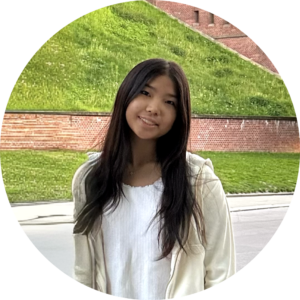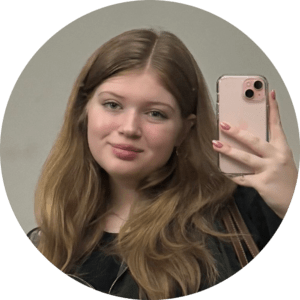16-year-old Kexin Shi explains why Gen Zs tend to have more than one Instagram account

Spam accounts let us share unfiltered moments with chosen friends, without worrying about public judgement.
Picture by: cottonbro studio | Pexels
Article link copied.
I have two Instagram accounts for myself – one main and one spam – but that doesn’t mean I’m living a double life. For Gen Z, having more than one account isn’t about hiding who we are, it’s about expressing ourselves the way we want to. It’s just the new normal.
While main accounts – also known as a Rinstas (‘Real Instagram’) – are more for creating an ideal aesthetic version of ourselves, spam accounts – also called Finstas (‘Fake Instagram’) or Sinstas (‘Second Instagram’) – are a place where we feel more comfortable posting raw materials from our everyday life with selected friends, away from public judgement.
Harbingers’ Weekly Brief
On my main account, I don’t have any posts and only rarely post stories that are carefully picked and in my opinion ‘pretty’ enough to be shared with a wider audience – with mutuals and people I’m not too close with.
On this account, I post when there is something I feel is more valuable to share. For instance, when I’m on vacation, I’d take pictures that are aesthetically pleasing. It’s still me, but maybe with a bit more effort and filter.
The spam account is where I like to post my monthly photo dumps or any weird, funny videos. Even though my main account is set to private, my spam account is even more private – reserved for only my closest friends to see.
Finstas tend to have a highly selective and small group of followers. Its hard to know how many people really have Finsta accounts, but it could be as high as over 50% of high school students.Also, this is more popular among teenage girls rather than boys.
Sometimes, parents don’t understand the purpose of having multiple accounts and see it as suspicious and secretive. But the core idea is not to hide something from them, but to create a space where we can feel authentic, vulnerable, silly and funny, without the feeling of being watched. Just like adults, who might have a professional account on LinkedIn and a personal one on Facebook, we try to separate different parts of our lives online.
Some might argue, “Why do you need two Instagram accounts? Can’t you just use Snapchat for private stuff or TikTok for fun?” Sure, those platforms are great, but they are not the same thing; each one has its own unique vibe.
Of course, not every teen feels the pressure to manage multiple social media accounts. For example, my best friend doesn’t even have a Finsta.
Exchanging Instagrams is often the newer version of exchanging phone numbers, making it nearly impossible to take part in society without an account.
But just like when we meet someone new in real life, we don’t want to expose our entire personality from the get-go, so only sharing a laid-back version of you online mirrors that.
Remember, posting online can be stressful. But, while some people might create separate profiles to present different versions of themselves, many teens today are confident enough to stick with just one main account. They might not feel the need to ‘hide’ who they are, nor are they concerned about how others might judge them. For them, posting isn’t difficult, it’s more casual and fun.
For many of us though, it’s not about pressure or ‘faking’ an identity. It’s actually about freedom. It’s not about hiding our true selves, but more the liberty of choosing how different parts of our lives are displayed online.
Of course, freedom also comes with responsibility. We should still be careful who we engage with online – even in private spaces. Spam accounts should not be the place where dangerous or harmful content is normalised, because being private doesn’t mean you are automatically safe. We should definitely watch out for ourselves and be careful.
Written by:

Writer
Warsaw, Poland
Kexin studies in Warsaw, Poland, where she was born in 2008. She is interested in dentistry and plans to study biochemistry. For Harbingers’ Magazine, she writes about science, human rights, and international affairs. In March 2025, she launched a subsection for the magazine called, Crisis Zones, alongside her peer, Helena Bruździak, where they aim to raise awareness among young people about the challenges refugees and displaced people face.
In her free time, Kexin plays the piano, and enjoys horse riding and tennis.
Kexin speaks Mandarin, English and Polish, and is currently learning Spanish.
Edited by:

🌍 Join the World's Youngest Newsroom—Create a Free Account
Sign up to save your favourite articles, get personalised recommendations, and stay informed about stories that Gen Z worldwide actually care about. Plus, subscribe to our newsletter for the latest stories delivered straight to your inbox. 📲
© 2025 The Oxford School for the Future of Journalism


